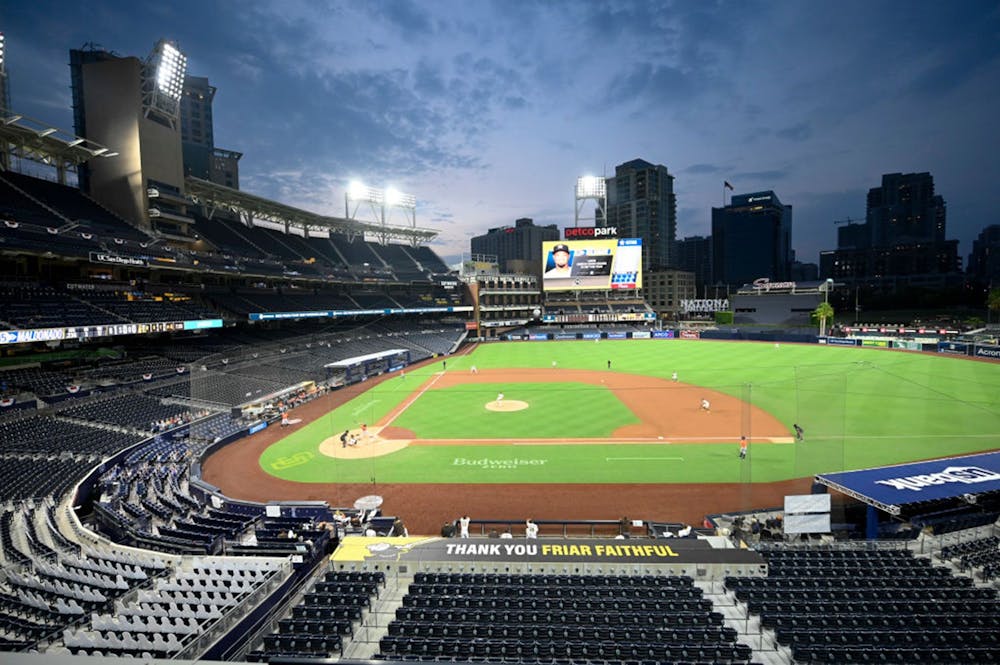After starting out with a bang, the MLB season managed to fly under the radar. Postponed college sports, the NBA bubble and the beginning of the NFL season have dominated the news, leading to less of a spotlight on the MLB and its new playoff format.
One of the biggest changes in this year’s playoffs is the expansion from a 10 teamsto 16 teams. Yes, 16. And that’s not all — there’s seeding! Typically, top records and standings within leagues and divisions determine who makes the playoffs, but not this year.
To start out, the top three seeds for both the American and National League will go to the top team based on the record in each division, because that makes sense.
The MLB started by taking a short lead at third and decided to dive headfirst into home. The league may have figured out how to make everyone a winner, with the four through six seeds going to the three teams that finish in second place in their division. And we’re not done yet, since the seven and eight seeds will go to the next teams with the best records, no matter what division they’re in.
After reorganizing that confusing flowchart, how do the games actually work?
First, the best-of-three Wild Card Series is an expansion of the normal sudden-death Wild Card game. Instead of it being between the bottom two playoff teams in each league, all teams will participate. If you thought a five-game series could be a setback — especially for top teams — a three-game series has the potential to be even more disruptive.
Once through all the new chaos, the remainder of the postseason looks almost the same as previous years with the Division Series, League Championship Series and World Series.
Note the “same” above comes with an asterisk. The MLB will have its own “bubble” format this postseason with no travel during each series’, taking away home-field advantage and leaving just who’s batting in the bottom of the inning.
Globe Life Field in Arlington, Texas — home of the Texas Rangers, who aren’t even in the hunt for a playoff spot — will be the site of the 2020 World Series, which might just be one of the most notable things to happen there in a long time.
So, what does this schedule mean for teams and fans?
Put bluntly, no one really knows what’s going to happen. That’s somewhat normal for baseball but there’s even more speculation this year. All we really can be sure of is which teams will be in the postseason — but that won’t even be concrete until Sept. 29 when the regular season ends.
In pitting the highest and lowest seeds against each other right off the bat, there is a strong possibility teams that were dominant throughout the regular season could not even make it past the Wild Card Series. Meanwhile, others that typically wouldn’t even have made the playoffs in a normal year could end up playing in the World Series.
There is the silver lining that some smaller market teams will get more exposure through the expanded playoff system. The Tampa Bay Rays, Oakland Athletics and Toronto Blue Jays are all typically near the bottom of popularity rankings in the MLB but are all currently in the playoff hunt.
As an avid baseball fan, I’m hoping this new system ends up with a crazy, totally random World Series with teams no one would have predicted after all the powerhouses strike out early.






